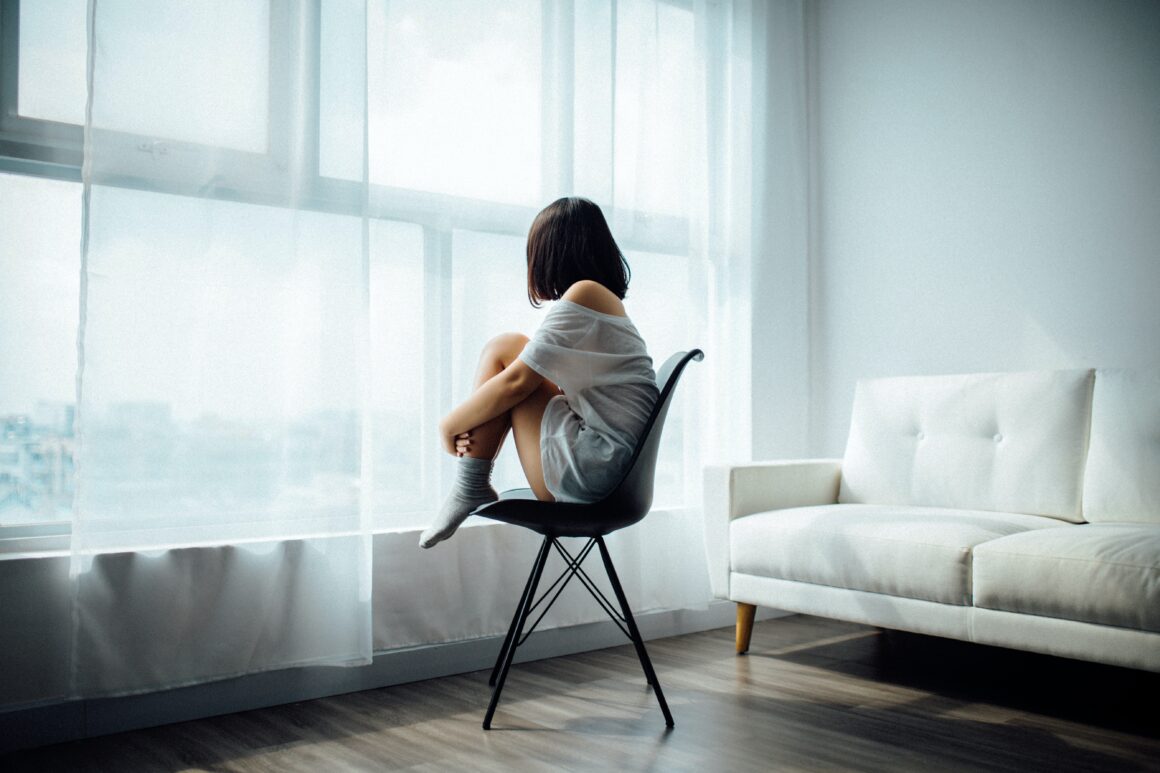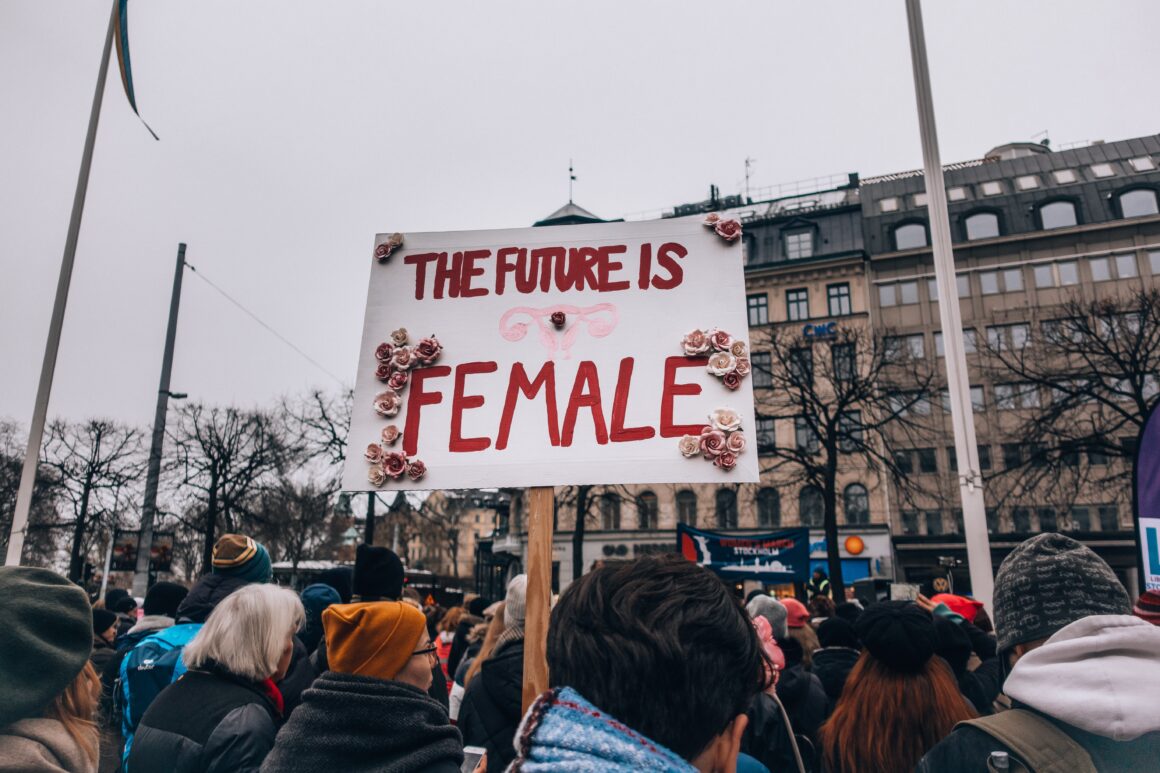After the first year anniversary of the Women’s March on Washington, women are looking to make fundamental changes in the areas of politics and culture. For 2018, the biggest female-led campaigns, #MeToo and #TIMESUP, need to bring change to the following industries:
1. Music Industry
Of the parts of the entertainment industry that have been exposed for unchecked sexual abuse, record labels and music studios have received the least amount of spotlight. Yes, some music moguls have been taken down such as Russell Simmons, the co-founder of Def Jam Recordings, who is being accused by 11 women and investigated by the NYPD for sexual misconduct allegations.
However, the industry’s biggest story of sexual harassment was in 2014, when Kesha revealed that producer Dr. Luke had been sexually and emotionally abusing her for years. Kesha sued him and their record label Sony Music Entertainment to void her six-album contract. The judge ruled that Kesha had to stay within her contract; it is unclear if Dr. Luke still profits off of her work.
These allegations did not produce the same tidal wave, like in the film industry. The difference can be seen in the past two award ceremonies. While the nominees at the Golden Globes fully embraced holding abusers accountable, the acknowledgment at the Grammys was vague and only focused on Kesha’s experience as a specific example.
2. Service and Retail Industries
The fields of customer service, whether in the form of a department store or a diner, tend to be dominated by low-wage workers. As one can imagine, the workers’ precarious financial situation makes them targets for abuse.
“The accommodation and food services industry, which includes restaurants, coffee shops, hotels, and other hospitality establishments, accounted for 14.2 percent of sexual harassment claims filed to the EEOC from 2005 to 2015,” according to Vox. “The retail industry accounted for an additional 13.4 percent of claims.” For context, over eighty percent of all claims filed to the EEOC are from women.
The Numbers presented by the Equal Employment Opportunity Commission(EEOC) are not completely representative, since only 6 to 13 percent of all victims of sexual violence file reports. However, the Restaurant Opportunities Centers United found that 90 percent of female restaurant employees have been sexually harassed in their 2014 report. “Being subjected to constant forms of sexual harassment has practically become a requirement of employment,” said Saru Jayaraman, the co-founder of ROC United. “We can point directly to the subminimum wage and the fact that the majority of people living off tips are women and their take-home pay is inextricably linked to enduring vile behavior from customers, co-workers, and bosses.”
3. Manufacturing Industry
Studies have shown that the industry’s utter lack of female representation leads to more cases of sexual violence. According to The Washington Post, 80 percent of manufacturing workers are men.
The New York Times covered the abuses in Ford plants in Chicago: “Bosses and fellow laborers treated them as property or prey…They groped women, pressed against them, simulated sex acts or masturbated in front of them.” These claims led to million-dollar lawsuits in the 1990s, but current female blue-collar workers say “they have been subjected to many of the same abuses,” according to the Times.
The abuse took an emotional toll on the women. “Each time that I was taking it, again and again, it just felt like more of me diminishing,” long-time Ford employee Suzette Wright said. “Just getting smaller until it was just like a shell of a person.”
These women felt excluded from the #MeToo campaign, so they created their own hashtag: #WhatAboutUs. As people embark on their quest for change, we must address those who need said change the most, not just the famous and rich, in order to make a lasting cultural impact.


